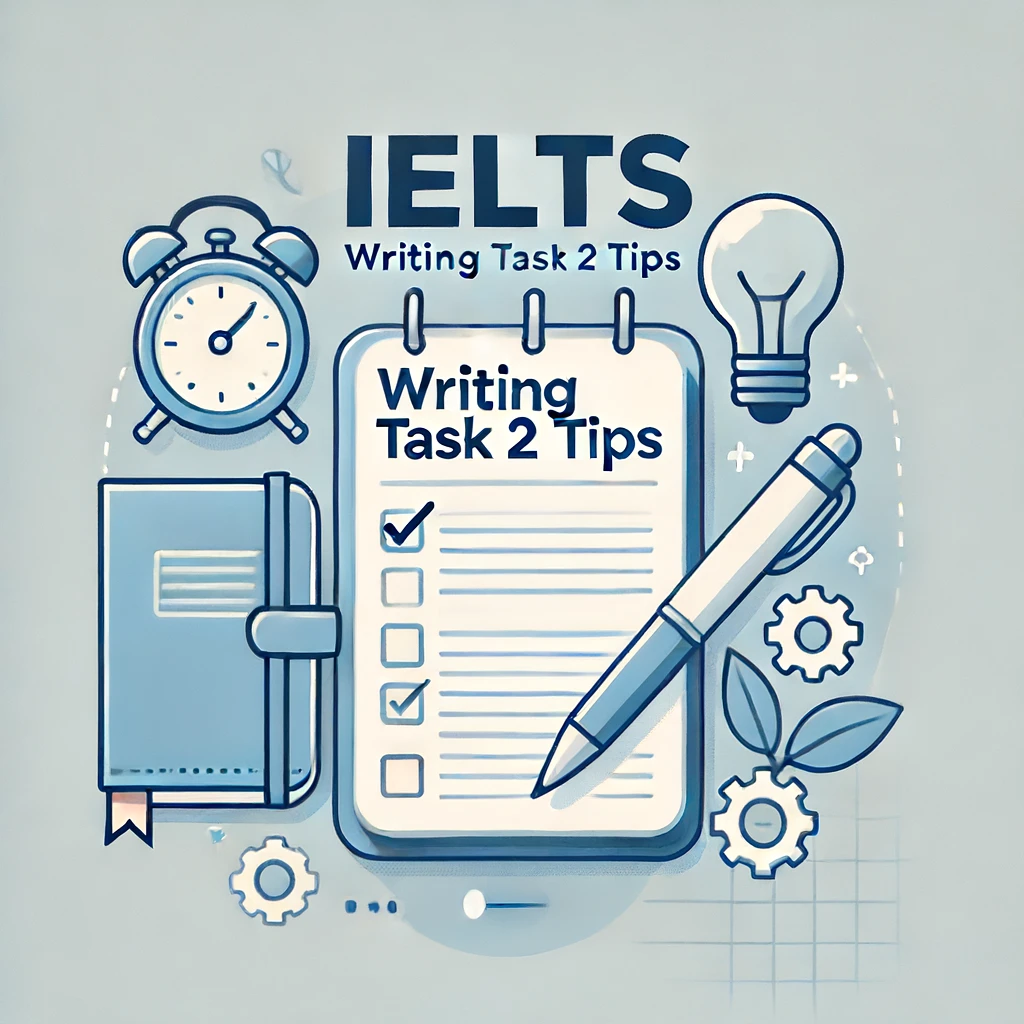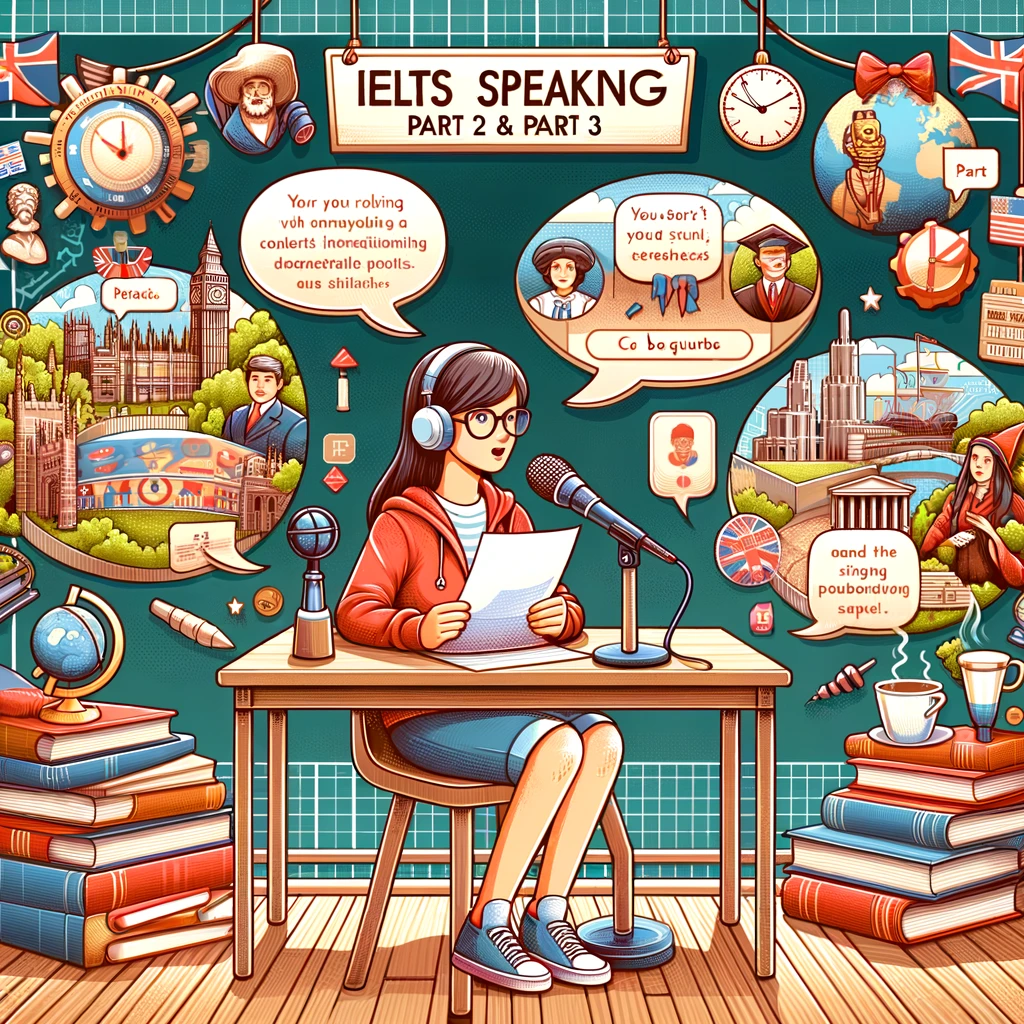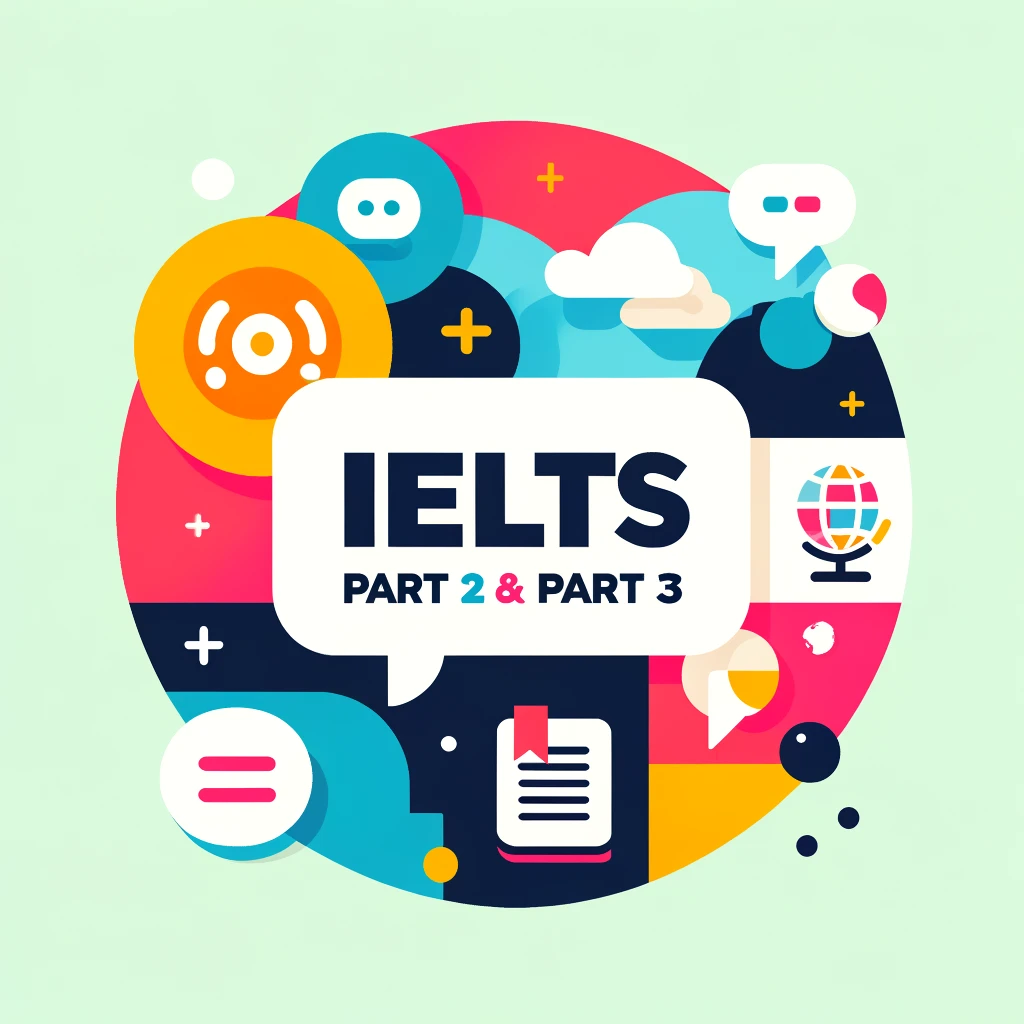Version 1
Zoos have long been a topic of debate, with some people arguing that they are cruel and should be closed down, while others believe that zoos play a crucial role in protecting endangered animals. This essay will discuss both perspectives and offer an opinion on the matter.
On one hand, critics argue that zoos are inherently cruel to animals. They contend that confining animals to enclosures, often far smaller than their natural habitats, leads to physical and psychological stress. Animals in zoos may exhibit signs of distress, such as pacing, self-mutilation, and other abnormal behaviors, which are rarely seen in the wild. This behavior, known as “zoochosis,” suggests that captivity can be detrimental to animal welfare. Moreover, critics highlight that some zoos fail to provide adequate living conditions, proper nutrition, and medical care, further exacerbating the suffering of the animals.
Additionally, opponents of zoos argue that the primary motive of many zoos is profit rather than conservation. They point out that the commercialization of wildlife can lead to unethical practices, such as the capture of wild animals, breeding programs that do not prioritize genetic diversity, and the exploitation of animals for entertainment purposes. These practices can undermine the conservation messages that zoos claim to promote, making the existence of such institutions morally questionable.
On the other hand, supporters of zoos argue that they play a vital role in the conservation of endangered species. Zoos often participate in breeding programs aimed at increasing the population of species that are at risk of extinction. These programs can be successful in preserving genetic diversity and ensuring the survival of species that might otherwise disappear. For example, the California condor and the Arabian oryx are notable success stories of species that have been brought back from the brink of extinction through zoo-led conservation efforts.
Furthermore, zoos can serve as important educational platforms. They provide visitors, especially children, with the opportunity to learn about wildlife and the importance of conservation. This educational aspect can foster a sense of connection to the natural world and inspire future generations to support and engage in conservation efforts. Additionally, many zoos contribute to scientific research by studying animal behavior, genetics, and health, which can provide valuable insights for conservation strategies in the wild.
In my opinion, while the ethical concerns raised by critics are valid, the potential benefits of zoos in terms of conservation and education cannot be overlooked. It is crucial, however, that zoos adhere to the highest standards of animal welfare and focus on genuine conservation efforts rather than profit. Zoos should be regularly inspected and held accountable to ensure that they provide suitable habitats, proper care, and meaningful educational experiences. By doing so, zoos can fulfill their role as sanctuaries for endangered species and educators for the public while minimizing the ethical dilemmas associated with captivity.
In conclusion, the debate over zoos is complex, involving valid arguments on both sides. While some view zoos as cruel and outdated institutions, others see them as vital for the protection of endangered animals and education. Striking a balance between these perspectives requires rigorous standards and a genuine commitment to animal welfare and conservation.
Vocabulary with Definitions
1. Confining: Restricting someone or something within limits.
2. Enclosures: Areas surrounded by a barrier where animals are kept.
3. Psychological stress: Mental strain or anxiety.
4. Zoochosis: Abnormal behavior exhibited by animals in captivity.
5. Detrimental: Tending to cause harm.
6. Exacerbating: Making a problem or negative situation worse.
7. Conservation: The protection and preservation of the natural environment and wildlife.
8. Genetic diversity: The total number of genetic characteristics in the genetic makeup of a species.
9. Ethical: Relating to moral principles or the branch of knowledge dealing with these.
10. Commercialization: The process of managing or running something principally for financial gain.
11. Exploitation: The action of making use of and benefiting from resources.
12. Educational platforms: Systems or structures used for educational purposes.
13. Sanctuaries: Places of refuge or safety, especially for animals.
14. Insights: An accurate and deep understanding of a complex situation or problem.
15. Accountable: Required or expected to justify actions or decisions; responsible.
Version 2
The existence of zoos has sparked a long-standing debate, with some individuals asserting that zoos are inhumane and should be shut down, while others argue that zoos serve an essential role in conserving endangered species. This essay will examine both viewpoints and present an opinion on the issue.
Critics of zoos argue that they are fundamentally cruel to animals. They claim that confining animals to enclosures, which are often much smaller than their natural habitats, results in physical and psychological distress. Animals in zoos frequently display signs of stress, such as pacing, self-harm, and other abnormal behaviors rarely observed in the wild. This condition, referred to as “zoochosis,” indicates that captivity can be harmful to animal well-being. Furthermore, detractors highlight that some zoos do not provide adequate living conditions, proper nutrition, or medical care, exacerbating the animals’ suffering.
Opponents also contend that the primary objective of many zoos is profit rather than conservation. They argue that the commercialization of wildlife leads to unethical practices, such as capturing wild animals, conducting breeding programs without prioritizing genetic diversity, and exploiting animals for entertainment. These practices can undermine the conservation messages that zoos claim to advocate, raising ethical concerns about the existence of such institutions.
Conversely, proponents of zoos argue that they play a critical role in the conservation of endangered species. Zoos often engage in breeding programs designed to boost the populations of at-risk species. These initiatives can be successful in preserving genetic diversity and ensuring the survival of species that might otherwise face extinction. Notable success stories include the California condor and the Arabian oryx, both of which were saved from extinction through zoo-led conservation efforts.
Moreover, zoos serve as valuable educational resources. They offer visitors, particularly children, the chance to learn about wildlife and the importance of conservation. This educational aspect can foster a sense of connection to the natural world and inspire future generations to support conservation efforts. Additionally, many zoos contribute to scientific research by studying animal behavior, genetics, and health, providing insights that can inform conservation strategies in the wild.
In my view, while the ethical concerns raised by critics are valid, the potential benefits of zoos in terms of conservation and education should not be dismissed. It is imperative that zoos maintain the highest standards of animal welfare and focus genuinely on conservation rather than profit. Zoos should be regularly inspected and held accountable to ensure they provide appropriate habitats, adequate care, and meaningful educational experiences. By doing so, zoos can fulfill their role as sanctuaries for endangered species and educational institutions for the public while addressing the ethical issues associated with captivity.
In conclusion, the debate over zoos is multifaceted, with compelling arguments on both sides. While some view zoos as inhumane and outdated, others see them as essential for protecting endangered animals and educating the public. Achieving a balance between these perspectives requires stringent standards and a genuine commitment to animal welfare and conservation.
Vocabulary with Definitions
1. Inhumane: Lacking compassion and causing suffering.
2. Enclosures: Areas surrounded by barriers where animals are kept.
3. Psychological distress: Mental suffering or anxiety.
4. Zoochosis: Abnormal behavior exhibited by animals in captivity.
5. Detractors: People who criticize or oppose something.
6. Exacerbating: Making a situation worse.
7. Conservation: The protection and preservation of the natural environment and wildlife.
8. Genetic diversity: The variety of genes within a particular species.
9. Commercialization: The process of managing or running something for financial gain.
10. Exploiting: Taking unfair advantage of a resource.
11. Educational resources: Tools or materials used for educational purposes.
12. Sanctuaries: Places of refuge or safety, especially for animals.
13. Insights: Deep understanding of a complex situation or problem.
14. Accountable: Required to justify actions or decisions; responsible.
15. Multifaceted: Having many aspects or sides.
Version 3
The role of zoos in modern society is a contentious issue, with some people asserting that zoos are inherently cruel and should be abolished, while others believe that zoos are vital for the protection of endangered species. This essay will explore both perspectives and provide a personal viewpoint on the matter.
Those who argue against zoos often highlight the ethical issues associated with keeping animals in captivity. They believe that confining animals to small, artificial environments deprives them of their natural behaviors and habitats, leading to physical and psychological suffering. Animals in zoos may exhibit signs of distress such as repetitive pacing, self-harm, and other abnormal behaviors, collectively known as “zoochosis.” These behaviors suggest that the animals are unable to cope with the stress of captivity. Additionally, critics point out that some zoos fail to meet basic standards of animal welfare, providing inadequate space, poor nutrition, and insufficient medical care.
Moreover, opponents of zoos argue that many of these institutions prioritize profit over animal welfare and conservation. The commercialization of wildlife often results in unethical practices, such as capturing animals from the wild, engaging in inbreeding, and using animals for entertainment purposes. These actions not only compromise the well-being of the animals but also undermine the educational and conservation goals that zoos claim to support.
On the other hand, supporters of zoos contend that these institutions play a crucial role in the conservation of endangered species. Zoos participate in breeding programs designed to increase the populations of species at risk of extinction. These programs can be successful in preserving genetic diversity and preventing the loss of biodiversity. For example, species such as the giant panda and the black-footed ferret have been saved from extinction through the concerted efforts of zoos around the world.
In addition to their conservation efforts, zoos serve as important educational venues. They provide the public, especially children, with the opportunity to learn about wildlife and the importance of conservation firsthand. This educational aspect can inspire people to support conservation initiatives and foster a greater appreciation for the natural world. Furthermore, zoos contribute to scientific research by studying animal behavior, genetics, and health, offering valuable insights that can aid in the development of effective conservation strategies in the wild.
In my opinion, while the ethical concerns surrounding zoos are valid and should not be ignored, the benefits that zoos offer in terms of conservation and education are significant. It is essential that zoos adhere to the highest standards of animal welfare and focus on their conservation missions rather than purely on profit. Regular inspections and accountability measures should be implemented to ensure that zoos provide suitable habitats, proper care, and meaningful educational experiences. By doing so, zoos can fulfill their role as sanctuaries for endangered species and as centers of learning for the public, while addressing the ethical issues associated with keeping animals in captivity.
In conclusion, the debate over the existence of zoos is complex, with strong arguments on both sides. While some see zoos as cruel institutions that should be closed, others recognize their importance in protecting endangered animals and educating the public. Finding a balance between these viewpoints requires strict adherence to animal welfare standards and a genuine commitment to conservation.
Vocabulary with Definitions
1. Contentious: Causing or likely to cause an argument; controversial.
2. Abolished: Formally put an end to (a system, practice, or institution).
3. Artificial environments: Man-made surroundings that are different from natural habitats.
4. Deprives: Denies the possession or use of something.
5. Zoochosis: Abnormal behavior exhibited by animals in captivity.
6. Conservation: The protection and preservation of the natural environment and wildlife.
7. Biodiversity: The variety of plant and animal life in the world or in a particular habitat.
8. Inbreeding: The breeding of closely related individuals, often leading to a decrease in genetic diversity.
9. Commercialization: The process of managing or running something principally for financial gain.
10. Venues: Places where events or activities are held.
11. Sanctuaries: Places of refuge or safety, especially for animals.
12. Insights: Deep understanding of a complex situation or problem.
13. Accountability measures: Actions or policies designed to ensure responsibility and transparency.
14. Adhere: Stick fast to (a surface or substance); believe in and follow the practices of. 15. Biodiversity: The variety of life in the world or in a particular habitat or ecosystem.


